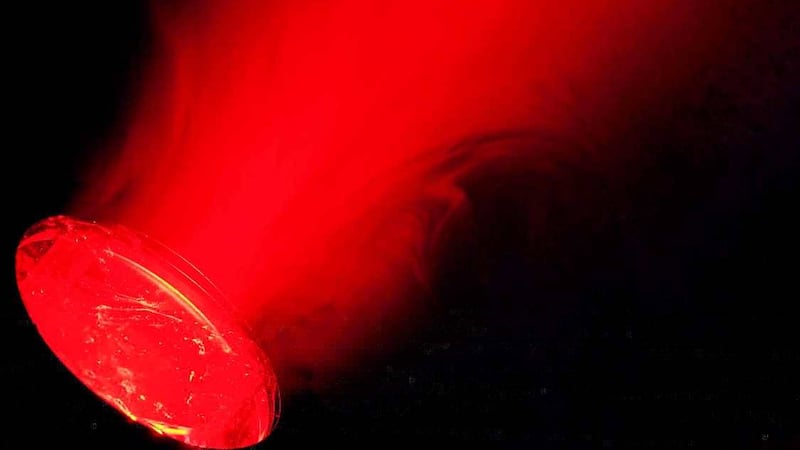ONE might guess that's why they call it the blues, to quote the Elton John song. Exposure to blue light at night can lower your mood, a new study suggests. White has a less depressive effect, while red is the least disturbing colour for night lights, according to US scientists. The research was conducted on hamsters, but is thought to highlight a phenomenon that also applies to humans. It has important implications for people on night shifts, such as hospital workers, say the scientists. They argue that 24-hour working environments should preferably be red lit at night. "Our findings suggest that if we could use red light when appropriate for night-shift workers, it may not have some of the negative effects on their health that white light does," lead researcher Prof Randy Nelson, from Ohio State University, says. The study focused on specialised light sensitive cells in the eye's retina called ipRGCs. The cells play no major role in vision, but send messages to a "clock" region of the brain that regulates the body's day/night cycle. Previous research has suggested the same cells also send messages to parts of the brain involved in mood and emotion. They appear to react to light of different wavelengths, in other words colours, in different ways. "These cells are most sensitive to blue wavelengths and least sensitive to red wavelengths," Prof Nelson says. "We wanted to see how exposure to these different colour wavelengths affected the hamsters."
In one experiment, the researchers exposed adult female Siberian hamsters to nights with no light, or lit by low-level red, white or blue light. The animals were then tested for depressive symptoms. One clue that hamsters are not happy is that they lose interest in sugar water, a treat they normally enjoy.
The results, published in The Journal of Neuroscience, showed that hamsters kept in the dark at night for a month drank the most sugar water, followed by those exposed to red light. White light appeared to lower the animals' mood, and blue light depressed them still further. Evidence of a physical effect was seen in the hippocampus regions of the animals' brains. Hamsters that spent nights in blue or white light had significantly fewer dendritic spines than those subjected to total darkness or red light. Dendritic spines are hair-like growths on brain cells that are used to transmit chemical signals. Lowered dendritic spine density has previously been linked to depression. "The behaviour tests and changes in brain structure in hamsters both suggest that the colour of lights may play a key role in mood," Prof Nelson says. "In nearly every measure we had, hamsters exposed to blue light were the worst off, followed by those exposed to white light. While total darkness was best, red light was not nearly as bad as the other wavelengths we studied." Co-author Dr Tracy Bedrosian, also from Ohio State, said light at night may have unwanted effects on mood-regulating brain regions. People besides shift workers could benefit from avoiding the blue and white glow of computers, televisions and other electronic devices at night, said the scientists. "If you need a night light in the bathroom or bedroom, it may be better to have one that gives off red light rather than white light," Dr Bedrosian says.
